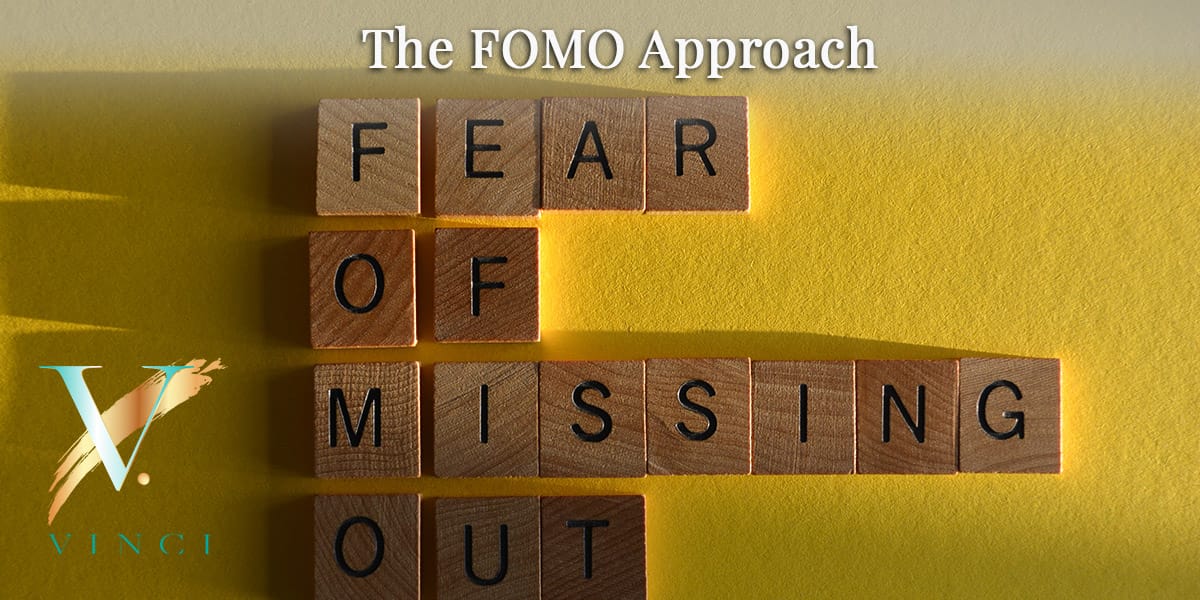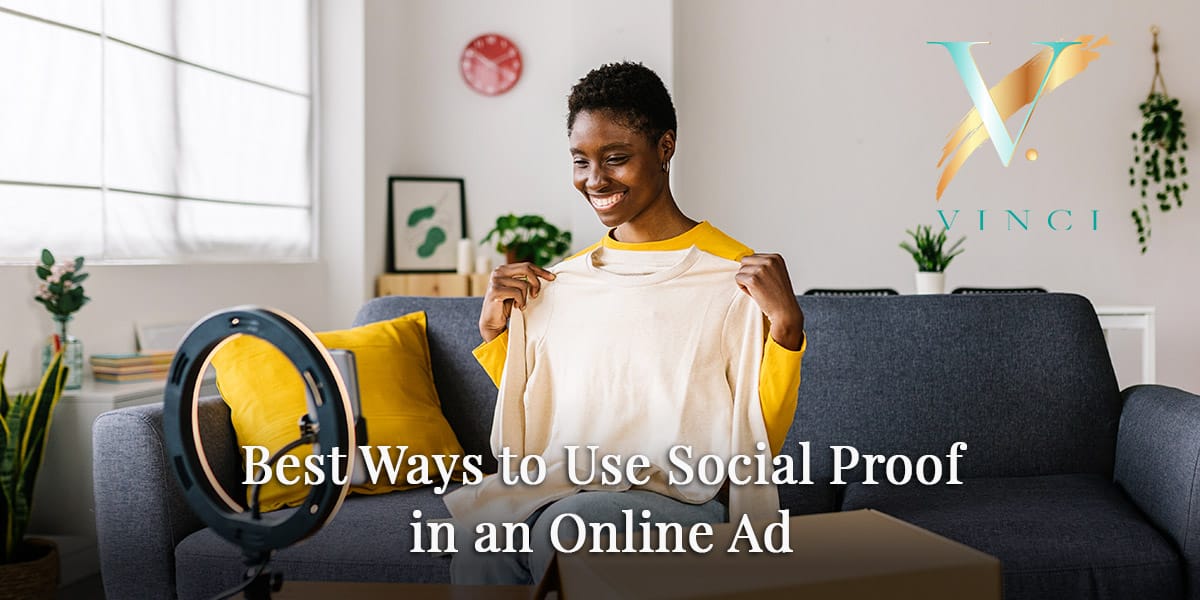When it comes to marketing your brand, what you say matters. What other people say matters more, though. In today’s virtual world, consumers tend to validate their decisions based on the behavior of others. Brands can use that in their favor when creating campaigns and marketing strategies.
Social proof can be the secret sauce you add to your ad marketing to give that little extra something.
What Is Social Proof?

Social proof is a psychological concept that says people tend to copy what others do when they are not sure of themselves. It is closely related to the idea of herd mentality. A practical example of social proof is when bartenders “seed” their tip jars.
They put their own money in their tip jar before the shift begins. When their customers see money in the tip jar, they are more likely to tip, too, because that is what everyone is doing. If you drive by a restaurant and see a line coming out the door, you may make a mental note that you have to eat there.
Social proof can apply to virtual situations, too. For example, a 2022 survey taken by Brand Rated found that 83 percent of consumers read reviews as part of their decision-making process. They want to see how many others use a product or service and what they think before choosing a brand.
Brands use social proof often in their content assets. For instance, they post customer testimonials on their website. They also hire influencers to pump up their social media campaigns.
One of the lesser-known ways to put social proof to work for your brand is through online ads. These ads are one way to increase brand awareness, but it’s not easy to make an impression. However, social proof can be the wow factor that makes your ads stand out.
What Types of Social Proof Work Best in Ads?

There are plenty of forms of social proof brands can put in ads. The key is to figure out what will engage your audience the most.
The FOMO Approach
FOMO is what makes social proof such a compelling option in marketing. FOMO stands for fear of missing out. You decide to book a reservation at the restaurant with the line out the door because you might otherwise miss out. If they think it is worth waiting for, you don’t want to miss it.
You can apply that same FOMO logic to your online ads. For example, you might display how many people bought your product in the last month, week, or even day. Even vague language that suggests you have massive sales is enough to drive traffic to your website.
- We have sold thousands of these units this year!
Add the benefits people enjoy with your product, and that’s a winning ad.
Influence Them with Endorsements and Testimonials

Data is great, but it can be a little impersonal. You can add a more personal touch with endorsements and testimonials.
Endorsements from a well-known individual like a celebrity work well. Keep it short, though. Too much feels insincere or fake. Something as simple as a quote from an influencer stating they use the product is enough social proof for most potential buyers. Just make sure to choose someone that makes sense for your audience. A boy band member endorsing a lawnmower won’t work unless they fit into your target generation.
You can also steer away from celebrities and represent consumers on a level they can relate to with a testimonial. For example, let a happy customer tell them why they are loyal to your brand. Testimonials can be the most convincing form of social proof.
Put UGC to Use
UGC stands for user-generated content. It provides potential buyers with one of the more potent forms of social proof. UGC means using something someone said about your brand as a form of advertisement – with their permission, of course.
UGC is different than testimonials or endorsements because it is unsolicited. UGC can be something someone told you about your product or service. It can be an award you get for it, as well. For example, the Best of Awards most cities offer. That is a form of user-generated content because the city residents vote for the winners.
Customer Logos
If you have endorsements or work with some well-known brands, use their logo to make the ad stand out. For example, if your product got a mention in Good Housekeeping or works with brands like Amazon or eBay, you can place their logo at the bottom of the ad without mentioning them in the content.
Best Ways to Use Social Proof in an Online Ad

Different ad platforms allow you to incorporate social proof in different ways. One thing you need to remember about ads is they have limited space. Most have character limits. It can be difficult to fit an endorsement into a channel ad that only allows you 30 characters. The key is to know what part of the endorsement will hit home.
Also, most of the time, the visuals are just as important as the copy. Start by choosing a creative image for the ad. For instance, if you sell to younger individuals, then use an image of them wearing or holding your product. The image grabs their attention enough that they read to social proof.
Finally, know the channel. You would want to take a different approach with LinkedIn. This channel caters to businesses and business professionals. Data is what will make an impact on them.
However, on Instagram, you’ll want to focus on influencer and UGC content. It has a more casual feel and is frequented by celebrities.
How you choose to use social proof will depend on many factors, including your industry, product, targeted audience, and even budget. The point is to use it because it is a powerful way to pull people in and grab their attention.
Get more marketing tips by visiting our website at Vinci Marketing today and requesting a consultation.











